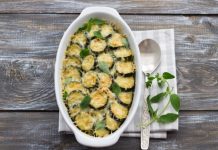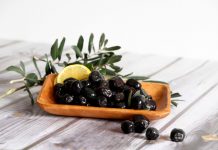Next time you are going shopping for fruits, be sure to buy the ripest, fragrant, and delicious fruits. Here are the tips to help you.
Peaches and nectarines
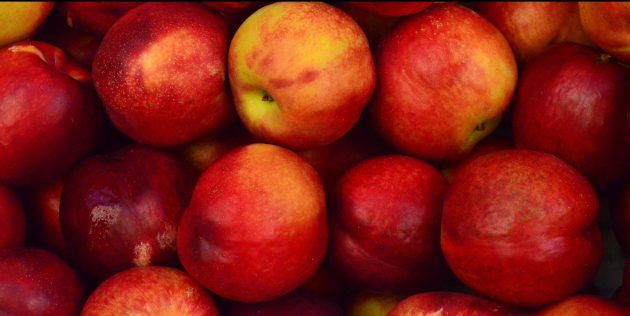
If summer could be a fruit, it would be a peach. It is better to buy them in the market. Bring close to the face and sniff. Choose peaches with bright skin. It should be red, orange, pink. And the flesh is bright yellow, like sunflower petals. Lightly press the peach; it should be elastic and not too soft.
The nectarines should have red with yellow specks. These fruits are better to eat hard so that they crunch when you bite them. Soft eat only when there are no others or when you forget about them and then found somewhere in the far corner of the refrigerator.
Read also: 5 Health Benefits Of Pomegranate
Fruits with yellow pulp are more fragrant, and with white - sweeter. White peaches and nectarines have less acid, so that they will be sweet regardless of softness. Their aroma is thin, floral but not as rich as that of yellow. Choose to your liking.
Mango
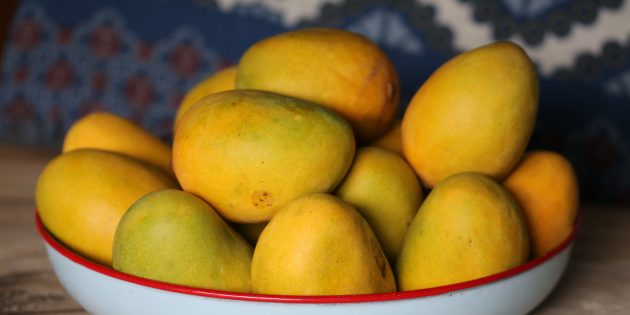
Mango should be eaten ripe when juice literally flows out of it. The taste of such fruit is sweet, a little tart, and the aroma is rich. The only downside to mangoes is that it's hard to clean. You'll have to tinker with the knife and stock up on a plate and napkins to not leave stains of juice on all around.
If the skin is wrinkled, the fruit is overripe or rotten inside. It should be smooth, uniform bright color, without stains. It's not scary if it has small dark dots on it. This implies that the fruit is ripe.
Notice the smell. It should be sweet and resinous. In mango with a sour smell has already begun fermentation, such fruits should not be bought. If the fruit doesn't smell at all, it's ripped off by the underripe. It's going to be tasteless.
Grapes
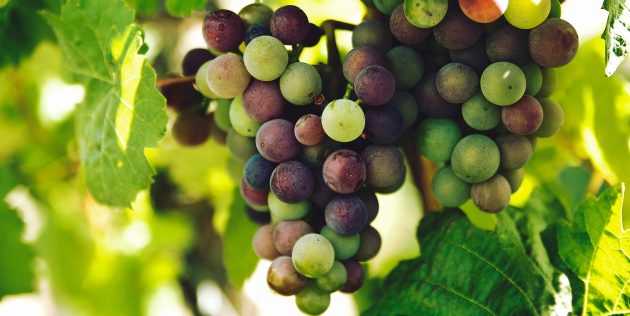
Take a look at the berries' color. Ripe green grapes have a yellowish tint. Red grapes should be rich in wine color, without green spots on the skin. And the ripe purple grapes are very dark, almost black.
Ripe berries elastic and smooth, tightly attached to the fruit. If the fruit itself is green and flexible, the grapes are exactly fresh. Shriveled or wet berries are a sign that grapes have spoiled. If the berries are whitish matte, it's okay. It is a natural protection against rotting and loss of moisture. Even if the flight does not wash off completely, eat such berries safely.
Plum

The plum of any color - red, yellow, purple - should not be too soft. If pressed lightly, the berry should spring. Don't buy shriveled or sprawling berries. But avoid the hard ones, too. They won't make it, even if you leave them in a dark spot for a few days.
All berries should have a sweet, characteristic plum aroma. A grayish sedate, as well as grapes, protect the berries.
Figs
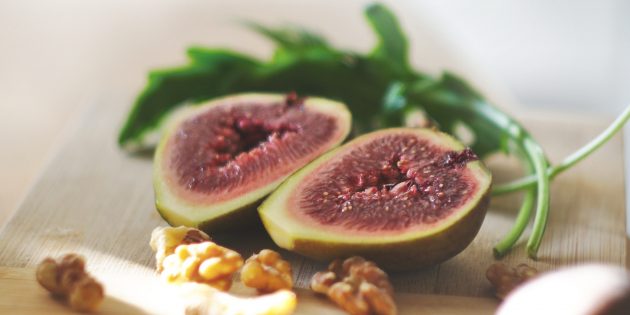
It should be soft, but not excessively so. Do not buy fruit if they look shriveled or they have cracks from which the juice flows. But a very smooth shiny skin is not an option either. The figs spoil very quickly; it can not be stored for a long time. Eat it within one to two days of purchase.
Watermelon
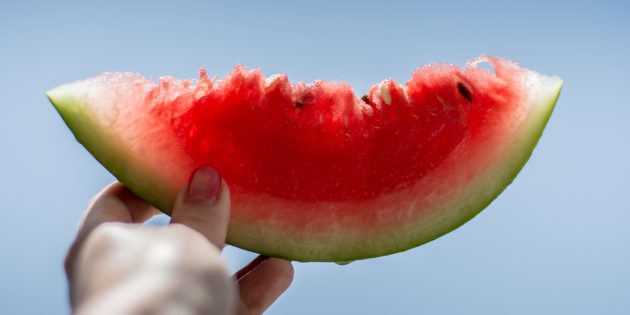
The pulp of watermelon should be sweet and crispy, hard and not too watery. Ripe watermelon when tapping on it will make a deaf sound, and when compressing - crack.
Look at the watermelon skin. It should be shiny, without cuts and cracks, with clearly expressed stripes. On the side, there can be a tiny yellow patch. At this point, the watermelon came into contact with the ground when it was growing up.
Cherry

Choose dark red berries. They will be the ripest. The berries themselves ought to be hard and shiny. The stems are green and flexible. If they have dried up and darkened, it means that the berries have been in the store for a long time.
Look at the place where the stem is connected. If the skin is shriveled, the berries are stored at room temperature for a long time. They may be sweet, but they're not fresh.
Tangerines

Tangerines are primarily chosen by smell. If it is rich and sweet, the fruit is ripe. To check this, gently rub the peel with your finger. In ripe tangerines, the peel does not fit too tightly. It is thin and easy to clean. And when pressed, it springs. Check the fruit for weight. If they're heavy, they're got a lot of juice. Don't buy too soft tangerines with stains or dents.
Oranges
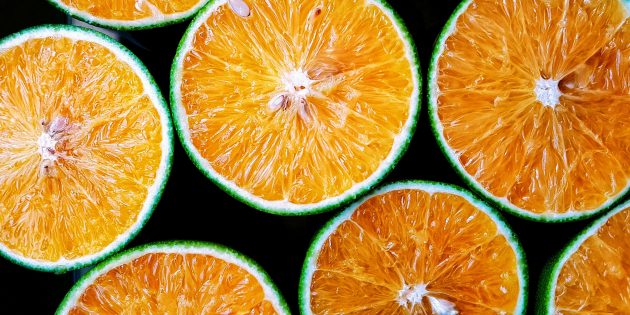
Pay attention to the weight of the fruit. An orange is more ripe and juicy when it is heavier. Choose hard oranges with smooth thin skin.
But the color is not always possible to rely on. Some varieties, such as Valencia, again acquire a greenish tint after maturity. Dark spots on the peel do not indicate that the fruit has spoiled. It's just that this orange grew in a hot, humid climate.
Bananas

If you will use them immediately, buy already ripe - yellow, with small brown spots. If you want to keep the fruit for a few days, choose greenishly. Such bananas will gradually mature. The ideal option for eating is bright yellow, with greenish ends.
Don't buy darkened, too soft bananas. They've already started rotting inside. And the gray color of the skin indicates that the fruit was kept at the wrong temperature. I don't think they're going to be tasty.
Strawberry
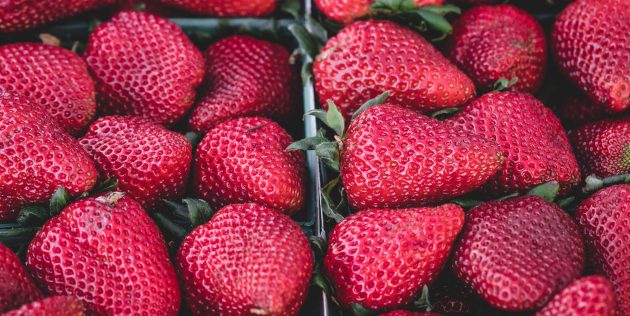
A rich sweet aroma should be the first thing you detect. Such strawberries will be ripe and tasty. If the berries are completely scentless, they will taste flat. Also, pay attention to the color. Berries with white or green spots will not mature. The berries are light red. Too dark the color suggests that the strawberries have to oversee made.
The berries should be hard, without dents and damage. If they lay too soft for a long time, use them for baking or cook compote.
Raspberry
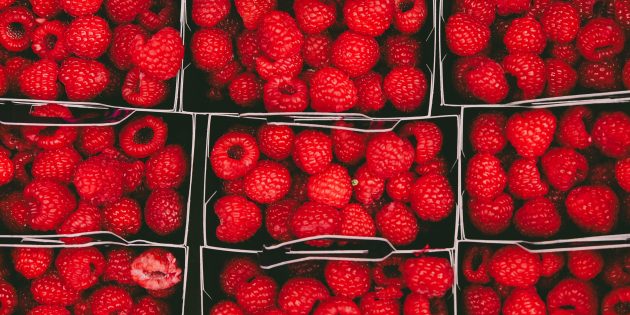
Just like with the majority of fruits and berries, pay attention to the aroma. In ripe sweet raspberries, it is saturated. Choose hard, dry berries without damage and mold. Different varieties of raspberries have different colors of different intensities. What matters most is that it be uniform and free of green patches.
Blueberries

Ripe blueberry berries of uniform color, without redness. It could be a grayish attack. It's a natural protective layer. Choose hard berries. Soft watery blueberries lay too long and have already lost their taste. Like all sour berries, it is not stored for long; it is better to eat at once.
Grenades

Choose large fruits with bright skin. Hold the grenade in your hand; it should be heavy - it means that it has a lot of juice. There should be no stains, scratches, or other damage to the skin. It should be smooth, wrinkle-free. If the seeds are red, but the skin from the inside is darkened, it's okay. You can eat a grenade-like that. But if the seeds themselves have turned brown and softened, it is better to throw them away.
Also read: Practical Guide on How to Preserve Fruits
The pomegranate can be cleaned in several ways. For instance, you may cut it in half and turn each half out. Now get the precious grains one at a time. Or pour them together with the white skin in a bowl of water. The skin will pop up.
Lychee
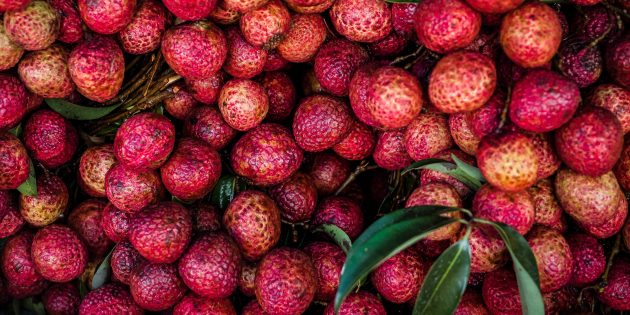
The bigger the lychee, the better. Choose hard fruits, which when pressed a little spring, but do not secrete the juice. If the skin is wet and cracked, the fruit begins to rot inside. Different varieties have different skin colors. Ripe lychees are red, orange, yellowish. But if the fruit turned brown, it means that they have already spoiled. From ripe lychee, the skin is removed simply by hands. In the overripe, it is denser, will have to separate it with a knife.
Pulp lychee juicy, white, translucent. It tastes like grapes. If it became quite transparent, darkened, or covered with specks, the fruit spoiled. You can't eat such lychees.
Adapted and translated by The Cop Cart Staff
Sources: Life hacker

